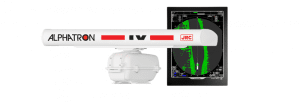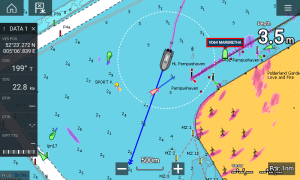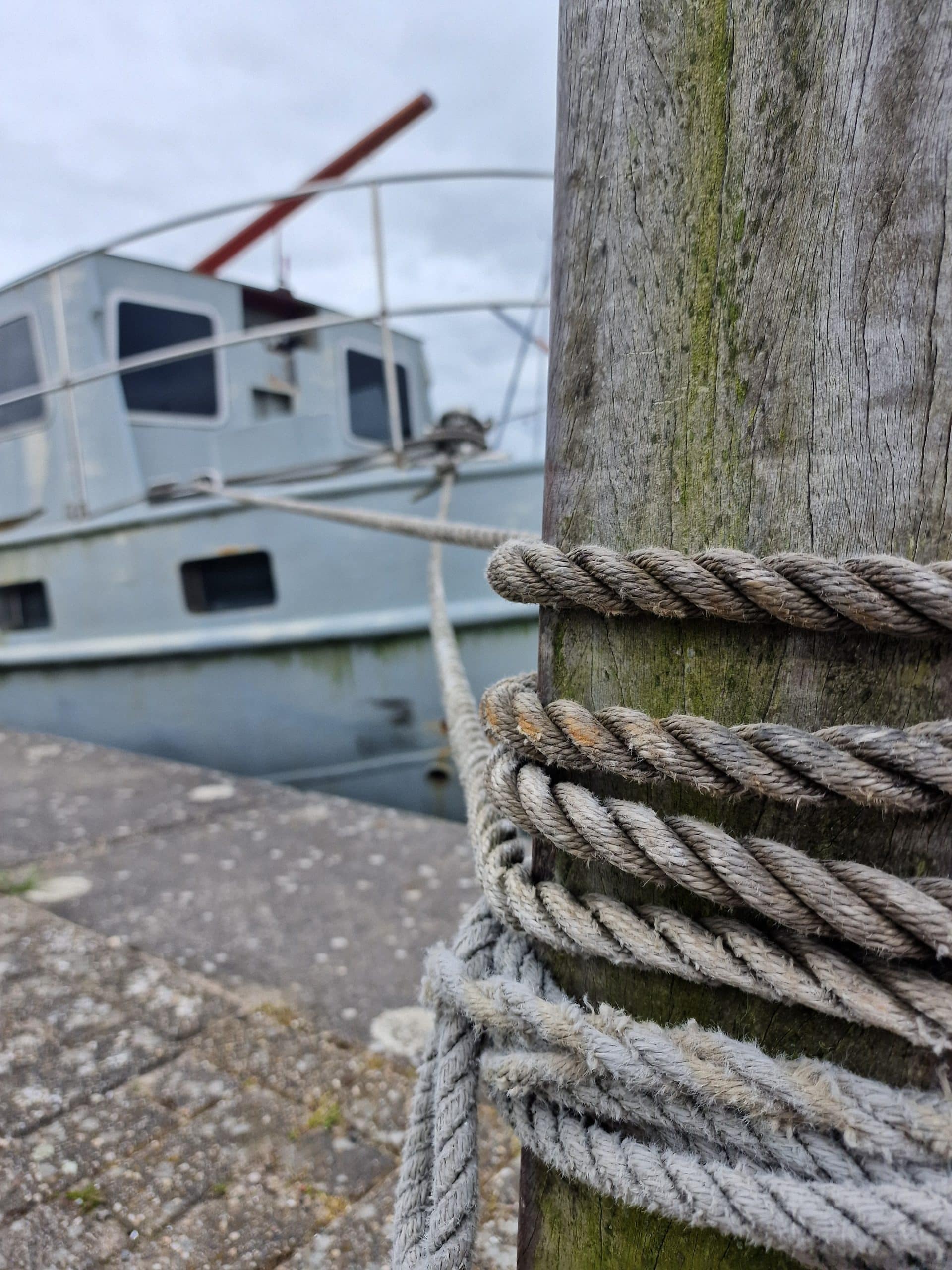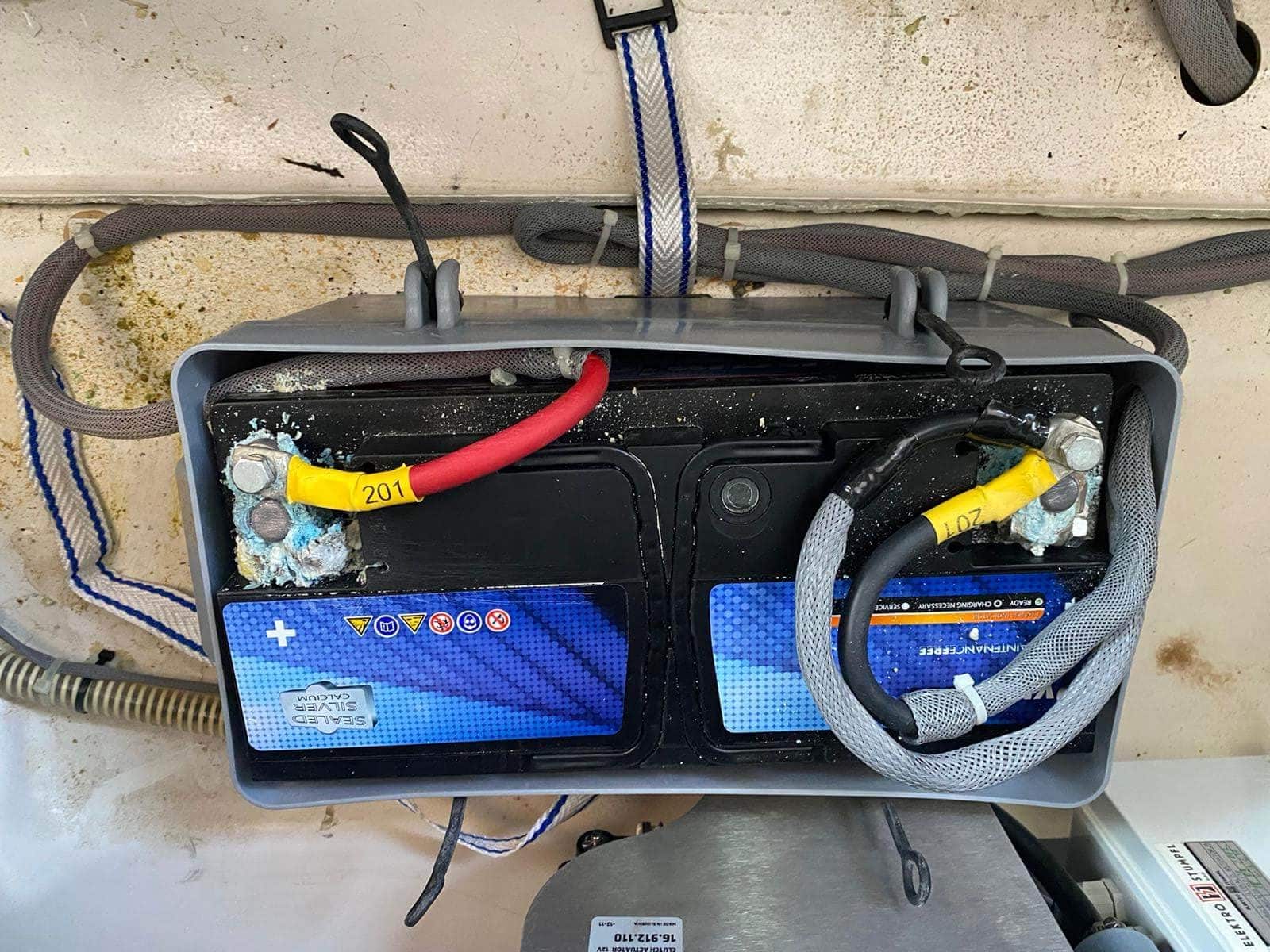Use of radar for pleasure craft
- Blog
- February 10, 2022
In recent years, the development of radar technology has accelerated. The systems have become much better, with which have also come more advantages. What exactly about using a RADAR for recreational boating?
What is radar?
The word RADAR is an abbreviation for "Radio detecting and ranging." This contains important information; through radio signals, objects can be detected and their distance is measured. Therefore, these are the most powerful features of a radar. Then, to get a good image, a direction of an object must also be determined. By rotating the radar antenna, this can be achieved. This rotational motion creates the characteristic image of a rotating radar antenna.
The antenna emits a radio pulse, and then goes to "listen" to what is reflected back. Objects with some mass and, in particular, metal objects reflect this pulse, which is received back by the antenna. By measuring the time difference between sending and receiving the pulse, the object's distance can be calculated with tremendous accuracy. Since the (rotational) position of the antenna is known, a direction can also be given. This information is then displayed on a screen.
Regulation radar for pleasure craft
As a pleasure craft, a radar may be used as a means of support. The sailing in low visibility or fog is regulated on some waters by the BPR or other local legislation. To sail "on radar" in low visibility on those waters, the vessel must be equipped with an approved radar. In addition, the operator must have a radar patent. Using an approved radar is actually impossible for yachts. They are enormously expensive systems (€10,000 is an entry-level price), which are also large. The smallest approved radar antenna is about two meters wide. So for yachts, really only "yacht radars" remain. On waters not mentioned in Appendix 9 of the BPR, sailing in poor visibility is allowed without radar, but also with a yacht radar. In those cases the radar can have a considerable added value.

Latest developments
Today's radars for pleasure craft are particularly impressive at close range compared to what was on the market some 10 years ago. By applying broadband technology, many advantages have been achieved; the antennas can now transmit and receive simultaneously, eliminating a "dead zone" right around the vessel. Moreover, dangerous radiation is actually no longer an issue. Also, power consumption is a fraction of what it was with old microwave systems.
Great strides have also been made on the software side. An old-fashioned radar image was difficult to interpret for people who did not work with it often. Nowadays, an overlay can be made over the map. The radar image is then projected over the electronic map. Interpreting what you are looking at and which echo is where has become much easier.

Difference between radar and AIS
For many pleasure boaters, the difference between radar and AIS does not always seem to be obvious. However, the differences are huge. The biggest difference lies in the fact that AIS signals can simply be received in the ether. That AIS targets are visible on the screen, however, means not say that they are also broadcast, and so you are visible to other ships. A radar transmits its own signals that are then received back. The system is thus independent from the transmission of signals by other ships. In short; a radar can basically show any ship, while an AIS only shows ships that have AIS transmitters of their own. These are by no means all ships.
Advantages and disadvantages between AIS and radar
Advantages AIS
- Cheap to receive AIS
- Slightly more expensive but still quite affordable to broadcast
- Can see around bends, very useful on rivers and canals
- Transmit and receive more than just position: name, course, speed, and so on can all be sent along with it
- Can be received by shore systems and visible on e.g. Marinetaffic and thus the home front
Cons AIS
- Update frequency is low depending on certain factors; an update every minute or 3 minutes in some cases
- Not all ships have AIS, so you cannot rely on it for safe navigation
Benefits radar
- Is independent of other ships or objects, anything that reflects can be made visible, including objects on shore or small other boats
- Image refreshes every few seconds so it is almost real time
- A radar is a primary means of navigation. Even with the failure of all other systems, such as electronic compass and GPS, a radar will provide a good picture of where the ship is in relation to its surroundings.
Disadvantages radar
- Compared to AIS quite expensive
- No ship details visible such as name and destination
- Course and speed can only be calculated, less accurate
The pros and cons of both systems are such that a combination of both systems offers a wonderful complement to each other.
Need help choosing?
Need help choosing a subscription? Then use our handy selection guide.
Newsletter subscription
Fill out the form below to become a member of our newsletter


